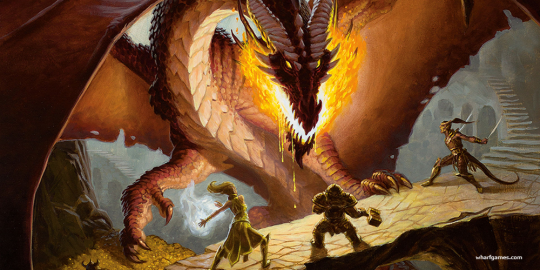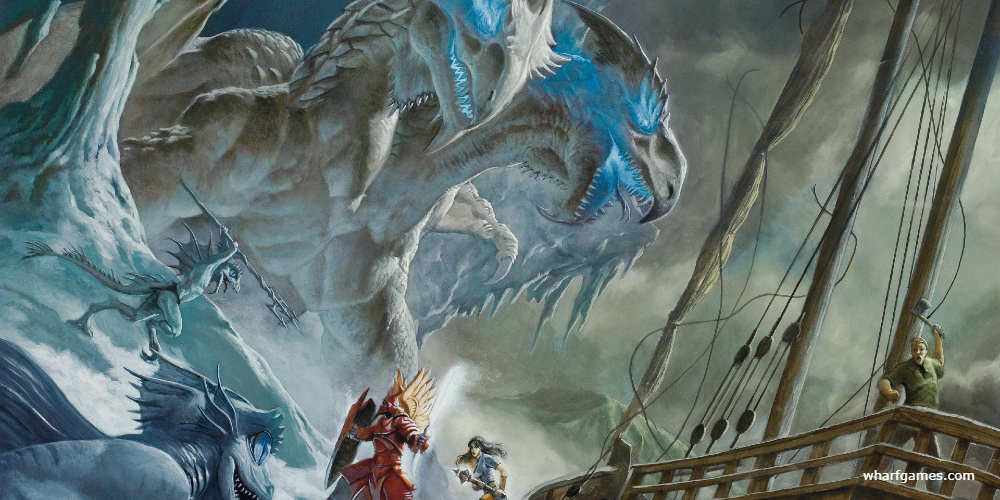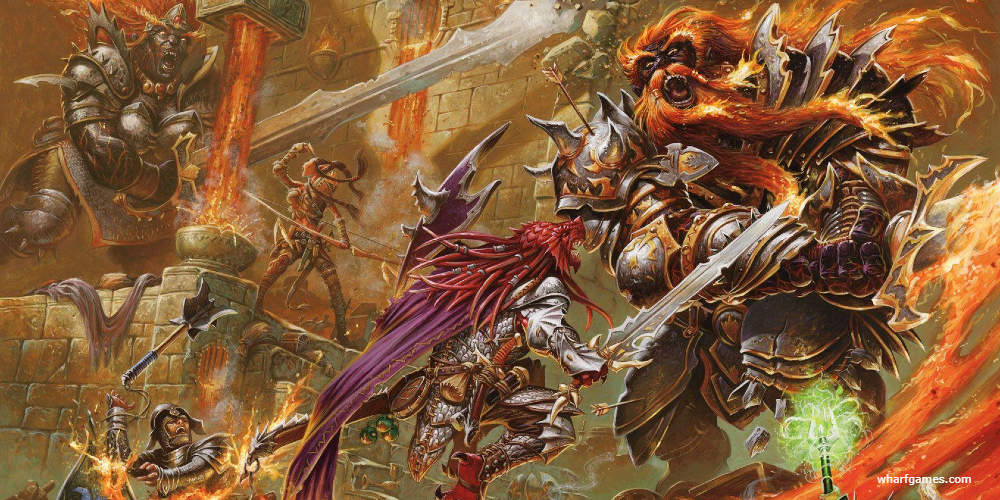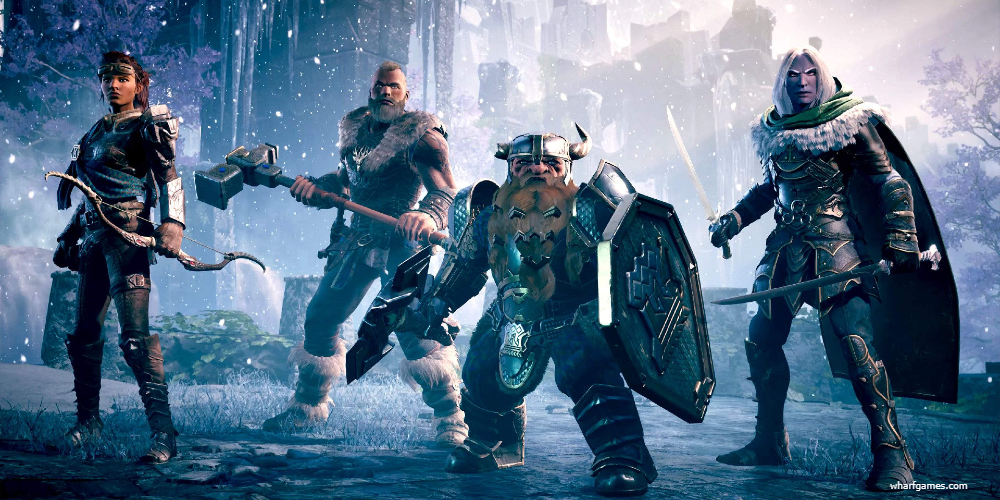
In any session of Dungeons & Dragons, one finds the game world vibrantly brought to life not just by the heroes controlled by players but also by the multitude of entities who are not under the command of these players, referred to as Non-Player Characters or NPCs. These characters are the very essence of the world the Dungeon Master (DM) crafts, serving as the populace with which the player characters interact—whether for gathering intelligence, forging alliances, or facing challenges. Without these NPCs, the game's environment would lack vibrancy, appearing desolate and frankly unengaging. NPCs imbue every corner of the game with life, ensuring the narrative continues to flow seamlessly.
Who Are NPCs?
NPCs take the form of anything that can inhabit the fictional world created by the DM. They could be enigmatic foreign travelers, regular townsfolk, a traveling merchant harboring secrets, or the keeper of the local tavern. Their roles are as varied as any real-world society, filling every niche and job that a player character isn't occupying. As a rule of thumb, any character that is not directly guided by a player will fall under the jurisdiction of the Dungeon Master.
Crafting the identities and personalities of each NPC may seem like a monumental task, but it is not as daunting as one might think. DMs have the creative license to draw inspiration from notable NPCs within Dungeons & Dragons lore or from other intellectual properties, or they might choose to adapt characters from pre-made modules. Tailoring NPCs from scratch allows for a customized fit within the story, serving both practical and narrative purposes to enrich the campaign.

NPCs perform a range of functions, from the proprietor of a local establishment to the leader of a guild seeking brave souls for an auspicious quest. It's important for the world to have a palpable sense of liveliness, achieved by acknowledging even those characters that linger in the backdrop—as one might term in cinematic language, the "extras." They don't necessarily contribute dialogue or critical actions, but their mere presence adds layers to the believability of the world.
The nimble DM, however, is always prepared to evolve these seemingly minor background residents into full-fledged NPCs, particularly because players might engage any character at any moment. Crafting a realistic setting means populating it thoughtfully and anticipating potential player interactions.
Preparing NPCs with Purpose
A savvy DM plans ahead, creating a roster of NPCs from which to draw based on anticipated player interactions. If the adventurers are bound for a remote locale, like a mountain summit, the DM might flesh out only a select few NPCs. In areas where fewer individuals dwell, each NPC carries more weight and is more likely to engage in meaningful interactions.
On the contrary, in bustling hubs, the DM prepares NPCs for likely encounters, such as shopkeepers, guards, or local officials. Given players' propensity for unbridled exploration, it's nearly impossible to predict every move. Hence, it's a good practice to have a few characters ready to introduce, complete with backstories or at least a handful of personality traits, should the need arise. Often, players become attached to an NPC introduced on the fly, leading the DM to weave that character into the story as a valued companion.

Crafting Engaging NPCs for Your D&D Game
When bringing non-player characters to life, it's essential that those who will frequently engage with the player characters appear three-dimensional and authentic. To achieve this, each of the integral NPCs should have a carefully thought-out identity encompassing a name, visual uniqueness, distinctive personality, interaction style, possessed knowledge, and significance within the game's narrative.
For a swift creation of NPCs during unplanned player interactions, Dungeon Masters are advised to prepare NPC tables. These tables allow for the rapid assembly of characters through the rolling of dice, guiding the selection of names, traits, and potential story hooks aligned with the world's overarching themes. The process involves choosing a set of names that resonate with the game's setting, affixing a spectrum of 20 personality traits from charming to sly, and coupling this with a variety of intriguing tidbits or side missions. By preloading these tables, the DM is equipped to swiftly introduce a compelling NPC with a bit of chance and dice-rolling.
Homebrewed NPCs should feel like an intrinsic part of the Dungeon Master's world, matching the established atmosphere and narrative tone. A well-placed NPC who differs from the current tone can be an effective narrative tool, creating a pivotal shift in the story. Just as an NPC with a grim request can ground a campaign that has been lighthearted until that point.
The richness of a town and its inhabitants is illustrated through the diversity of NPC characters — not everyone in the town will respond similarly or have identical insights. For example, after a fearsome creature's rampage, each resident might recount its powers in varying ways, disagreeing on the direction in which it escaped.

NPCs also vary in the relevance of the information they possess and their overall influence on the campaign's progression. Those pivotal to the plot should be more fleshed out, complete with names and defining traits. An innkeeper isn't just a throwaway character; they might have a gregarious personality, eager to dispense town gossip alongside ale, or they may be a tight-lipped individual who prefers customers to stay out of local affairs.
While comprehensive NPC preparations are invaluable, adaptable NPC tables remain an indispensable tool for those moments of unexpected player engagement. They ensure a DM is never caught off guard, promoting a seamless and interactive narrative.
An immersive D&D world thrives on the presence of NPCs. Crafting compelling non-player characters doesn't necessitate masterful acting or improvisation; it merely requires the Dungeon Master to channel their creativity into the universe they envision. Ultimately, the impact of an NPC is also shaped by how much the players choose to invest in their relationships with these figures. Dungeons & Dragons, at its core, is collaborative storytelling, and players often contribute significantly to the depth of the non-player characters they encounter on their epic quests.